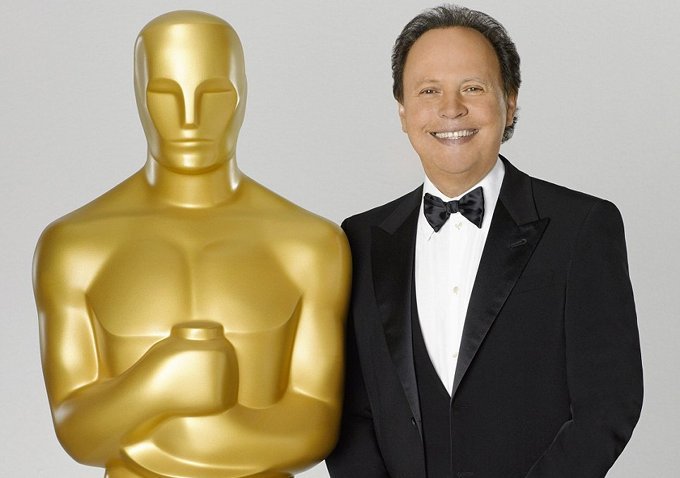 February has been a month packed full of television events that attracted much of North America, perhaps the world. From the Superbowl, to the Grammys and, last night, the Oscars, ratings smashing broadcasts have come thick and fast.
February has been a month packed full of television events that attracted much of North America, perhaps the world. From the Superbowl, to the Grammys and, last night, the Oscars, ratings smashing broadcasts have come thick and fast.
Records have been broken, talent celebrated, winners heralded….
So why do I feel that something is amiss?
Disconnect the Dots
We’ve established that there is a desire for fans to use social media to engage with television events.
From the trending topics on Twitter being dominated by TV shows on any given evening, to Facebook beginning to aggregate status updates into “## people talked about (insert event here)” style summaries, we can see that enthusiastic fans are utilizing social media to share their views on what is being broadcast. The conversation is rampant and swirling like a raging storm around the big events.
So why does the broadcast itself reflect none of this?
Why does watching the show on network television feel like the eye of the storm, so eerily quiet and removed from the passion circling around it?
To my mind, it represents the substantial disconnect between traditional standards of broadcast media and the emerging concept of social media, of involving your audience in as many ways as possible. The tools and platforms now exist. The channels to your audience are ever-widening. Yet the will to travel up and down, making the show a two-way street is still found wanting.
The Connection Is Made

To give the Oscars due credit, their web presence offer fans plenty to dig their teeth into. From preview blogs to after-show video, Facebook fan questions to live tweeting the winners, the content is undoubtedly present to lure fans in deeper. The integration is what’s under scrutiny here. The curious relegation of fan passion to a side show, as the restricted Big Top basks in its own glory.
The Grammys made some effort towards this integration with separate performance areas for sets by Foo Fighters, David Guetta, Deadmau5 and the like, but it still amounted to a select few. The floodgates weren’t opened to the enthusiastic masses tweeting and sharing around the event in cyberspace. Even the live television broadcast was restricted in certain markets, leaving certain sections of music fans left out and frustrated.
The challenge to broadcasters is now to integrate as many of these media, as seamlessly as possible, for a diverse and two-way fan experience.
Transmedia Momentum
This may seem like a pedantic moan, based on the fact that both broadcast and social media elements of these events were booming. Though I agree that progress is being made, is it not the remit of leading broadcast events like the Oscars and Grammys to push boundaries, to lead the way in engaging their enormous fan base and show other industries what can be achieved?
Shows like Bravo’s Last Chance Kitchen show what can be achieved when social media are smartly weaved into the fabric of a television program. Fans feel more connected, invested in the developments of the show, and return value is increased as a result of this investment. This trend towards transmedia – telling your story across multiple platforms, involving those who gather along the way – is gathering momentum among more niche programming and holds a lucrative future for those broadcaster that begin to explore and experiment with it in these early stages.
The passion of fans around the entertainment industry – or, at least, the creative talent that it supports – already exists. It is the envy of many other industries who find it much harder to fire up their audiences. Let’s use that to challenge the traditional one-way thinking of artist to fan, instead focusing on a more inclusive model in which fan passion fuels creativity in real time and their involvement breeds an ever-greater connection.
Photo Credit: T. Buchtele
Takeaways:
- Your fans are having a conversation with or without you. Jump in and be a part of it!
- Lasting connections and greater fan loyalty are built when you involve your audience in the creative process.
- Use the strengths of individual platforms to build an integrated experience across all channels.
What are YOUR feelings on the Oscars and Grammys as an inclusive fan experience? Am I way off the mark here or do they need to involve fans to put on a better show?
How can you improve your web presence for fans through blending in more media?


Connections